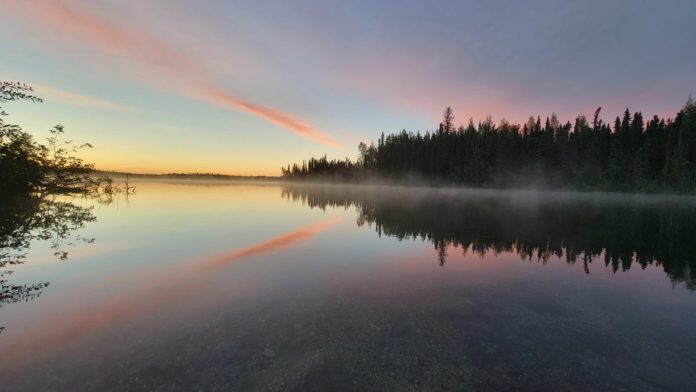My first fishing trip to Alaska was all I had hoped for and more. Our group of five caught sockeye, king and silver salmon, ate some fantastic salmon sashimi, grilled salmon and salmon burgers, and had a fun day catching halibut and rockfish in Prince William Sound.
Camping and traveling the road, handling the maritime climate and staying comfortable throughout the trip necessitates packing a lot of important gear. I wasn’t sure I would be able to get everything on the plane in a couple bags, but I learned a few things in this inaugural trip about packing, traveling and the dos and don’ts of Alaska fishing.
Thankfully, I traveled with some friends who had made the trip before and knew a ton about what to do and not do, and I had a few resident Alaskans pass on some information as well. Here are a few tips for those thinking of checking Alaska off their bucket list.
Plan your trip well in advance. The Kenai Peninsula ― where we spent our time ― is where most sporting visitors to Alaska head, so there is demand for rental cars, campground sites, recreational vehicles, fishing guides and rental boats and gear. Call ahead and make reservations so you have some guarantees on gear, places to stay and fishing plans.
For the Do-It-Yourselfer, there is not a substitute for Gunnar Pedersen’s book “Highway Angler, Fishing Alaska’s Road System.” This book lists all the rivers and lakes near the Alaskan highway system, what species are available and when they are running the best, and has lots of other useful information about the resource. It’s a great read and chance to plan stops along the way, including preloading accesses on a GPS or mapping app.
Alaska Department of Fish and Game does a great job keeping anglers updated with their Fish Counts webpage. Using SONAR stations on many of their popular rivers, they do daily counts during the salmon migration to give an idea of how many fish are running for anglers. It’s a great way to compare and be up-to-date on salmon migration.
Unless you are a Lake Superior North Shore Steelheader, most Minnesota anglers have little experience with beads. Take some time to read up or watch videos on fishing beads, then order yourself a good bead mix with various sizes and colors. I caught a fair number of fish chasing egg-imitating beads. I also had some success with streamer patterns like clouser minnows and egg-sucking leeches. Yarn flies and egg patterns are popular.
I packed five rods (large spinning, large casting, 4 wt, 8 wt, 10 wt) and six reels, a ton of tackle trays and fly boxes, waders and wading boots, heavy duty rain gear and enough layers to range between freezing and shorts weather. Our weather did fall into the range of freezing conditions through 75 and sunny, and we did have rain and mist for a good portion of the trip. All of my traditional airline luggage could not accommodate the rod tubes I have; all the rods packed were four-piece sectionals.
The bag that saved the day was my Clam Gear Bag Duffel. It was soft enough to flex to its contents but heavy enough to take the abuse of being tossed into plane cargo holds and trucks beds. I also checked my Clam Ultimate Ice Backpack. The Clam backpack is the best backpack on the market for your fishing gear, summer or winter. I stuffed the pockets full of clothing, stashed a bunch of tackle trays, and filled the main compartment with the rest of my miscellaneous fishing equipment. Everything went to Alaska and back in great shape. Get good gear to protect your investment in tackle, rods and reels.
The last piece of advice has to do with taking care of your fish. You’re spending a lot of money to fly to Alaska to catch fish. Don’t get cheap once you have your fillets in hand. Vacuum seal your fish and check them in at a fish packer/freezer. Purchase a fish box or cheap cooler, and then when it’s time to head home, load up your fish, tape the lid closed, weigh things to make sure you are under 50 pounds and add an extra checked bag to your airline ticket. Most wild caught Alaskan salmon is selling for an exorbitant amount back home. If you pay to overnight your catch home, expect a bill around $250-300. A $40 checked bag is a good deal, and paying to store some fish at a freezer for a few nights isn’t too bad. The fish taste just as good back home. You can catch your fish and eat them too. Alaska was worth the wait.
— This is the opinion of outdoors columnist Scott Mackenthun, an outdoors enthusiast who has been writing about hunting and fishing since 2005. You can follow him on Instagram @scottmackenthun and on Twitter @ScottyMack31.
Credit: Source link































